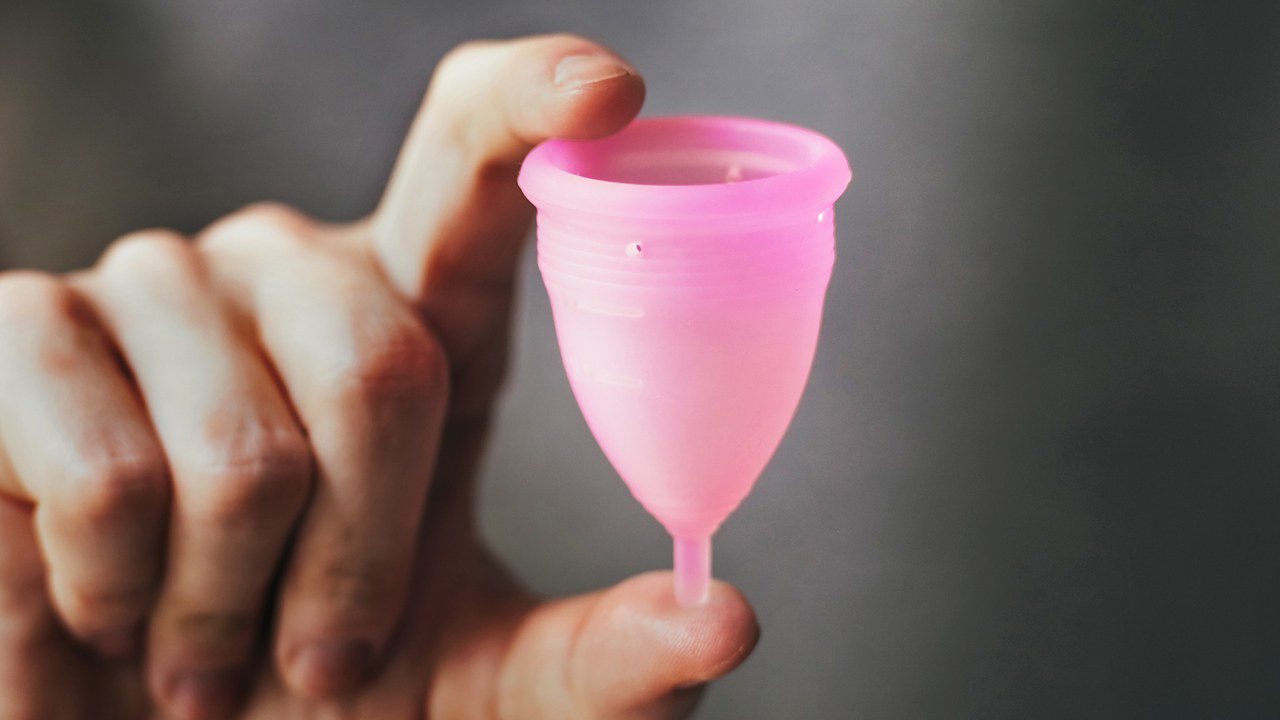Trying to get pregnant isn’t always as straightforward for everyone. While some conceive without even trying, others have to subject themselves to a plethora of strategies, even if some may just be old wives’ tales. You’ve probably heard of recommended positions for sex and taking prenatal vitamins to boost the chances of pregnancy, but one unconventional method is using a menstrual cup. Yep, you read that right.
The menstrual cup is an eco-friendly and reusable alternative to pads and tampons, but as of late, women have been buzzing about the good ol’ silicone cup in efforts to conceive. How, you ask? One method is by depositing semen in the menstrual cup before inserting it into the body, whereas another involves inserting a menstrual cup into the body to keep the semen in place near the entrance of the uterus.

Does it work though? Technically, only one sperm is needed to fertilise the egg and in a cup full of semen, there are millions, so yes, it may just raise the chances for conception. In addition to that, the cervical mucus inside the body may also aid the sperm in swimming up towards the egg. Healthy sperm lives up to three days, and the longer the sperm swims around the uterus, the higher the chances of getting pregnant may be.
There is no harm in trying out the menstrual cup method and many women have touted it as a highly effective yet tiny investment to make as compared to spending fortunes on fertility treatments that, then again, don’t promise a 100% efficacy. Just remember that menstrual cups shouldn’t be kept in the body for longer than 12 hours, so be sure to remove them when necessary as leaving it inside beyond the 12-hour mark may put you at risk of infections.
[Source]










